The History Behind the Pay Equity Movement in Women’s Basketball
The fight for equal pay in women’s basketball isn’t new, but it has gained unprecedented momentum in recent years. From grassroots campaigns to viral social media trends, athletes and fans alike are demanding change.




How the Pay Gap Manifests in Women’s Sports
Despite record-breaking viewership and revenue, WNBA players earn a fraction of what their NBA counterparts make. The average WNBA salary is around $120,000, while NBA players average over $7 million annually. Sponsorship deals and media coverage further widen the gap, leaving female athletes undervalued.
The Role of Activism in Driving Change
Athletes like Sue Bird and Breanna Stewart have been vocal advocates for pay equity. Social media campaigns, such as
The Pay Them What You Owe Them Women’s Basketball Sports Shirt has become a symbol of solidarity among supporters.
Milestones and Setbacks in the Fight
The U.S. Women’s National Team’s lawsuit against U.S. Soccer set a precedent, though disparities persist. While some leagues have increased minimum salaries, systemic issues like revenue-sharing models remain unresolved.
How to Use the Pay Them What You Owe Them Shirt as a Tool for Advocacy
This shirt is more than merchandise—it’s a catalyst for change. Here’s how to maximize its impact.
Wearing It to Games and Public Events
Attending a WNBA game? The shirt sparks dialogue among fans and media. Pair it with signs or banners to draw attention during broadcasts.
Leveraging Social Media for Awareness
Post a photo with the hashtag
Tag influencers, athletes, and organizations to amplify visibility.
Organizing Community Initiatives
Host local fundraisers or panel discussions while distributing the shirts. Collaborate with schools and youth leagues to educate the next generation on equity issues.
Comparing Women’s and Men’s Basketball Compensation
The disparities extend beyond salaries—here’s a breakdown of key differences.
| Category | WNBA | NBA |
|---|---|---|
| Average Salary | $120,000 | $7.5 million |
| Revenue Share | 50% of league revenue | 50% of BRI (Basketball Related Income) |
| Sponsorship Deals | Limited, lower value | Multi-million dollar contracts |
Why Revenue Isn’t the Only Factor
Critics argue women’s leagues generate less money, but investment disparities create a self-fulfilling prophecy. Men’s leagues benefit from decades of higher funding and marketing, skewing comparisons.
The Ripple Effect of Underpayment
Lower salaries discourage young athletes from pursuing professional careers. Fewer resources mean less development for future talent, perpetuating the cycle.
Practical Steps to Support Pay Equity in Women’s Basketball
Change starts with action. Here’s how you can contribute beyond wearing the Pay Them What You Owe Them Women’s Basketball Sports Shirt.
Demand Corporate Accountability
Support brands that sponsor women’s sports equitably. Boycott companies that perpetuate gender-based pay gaps.
Advocate for Policy Changes
Petition leagues and lawmakers to revise revenue-sharing models. Push for equal media coverage to boost visibility and ad revenue.
Invest in Women’s Sports
Attend games, buy merchandise, and subscribe to streaming services. Financial support directly impacts athletes’ earning potential.
Conclusion
The Pay Them What You Owe Them Women’s Basketball Sports Shirt embodies a movement that transcends sports—it’s a call for justice. By understanding the issues, amplifying voices, and taking tangible steps, we can help close the gap. Equality in basketball isn’t just about fair pay; it’s about respect, opportunity, and inspiring future generations to dream bigger. `
Be the first to review “Pay Them What You Owe Them Women’s Basketball Sports Shirt” Cancel reply
Related products
New Arrivals
New Arrivals
New Arrivals
New Arrivals
New Arrivals
New Arrivals
New Arrivals

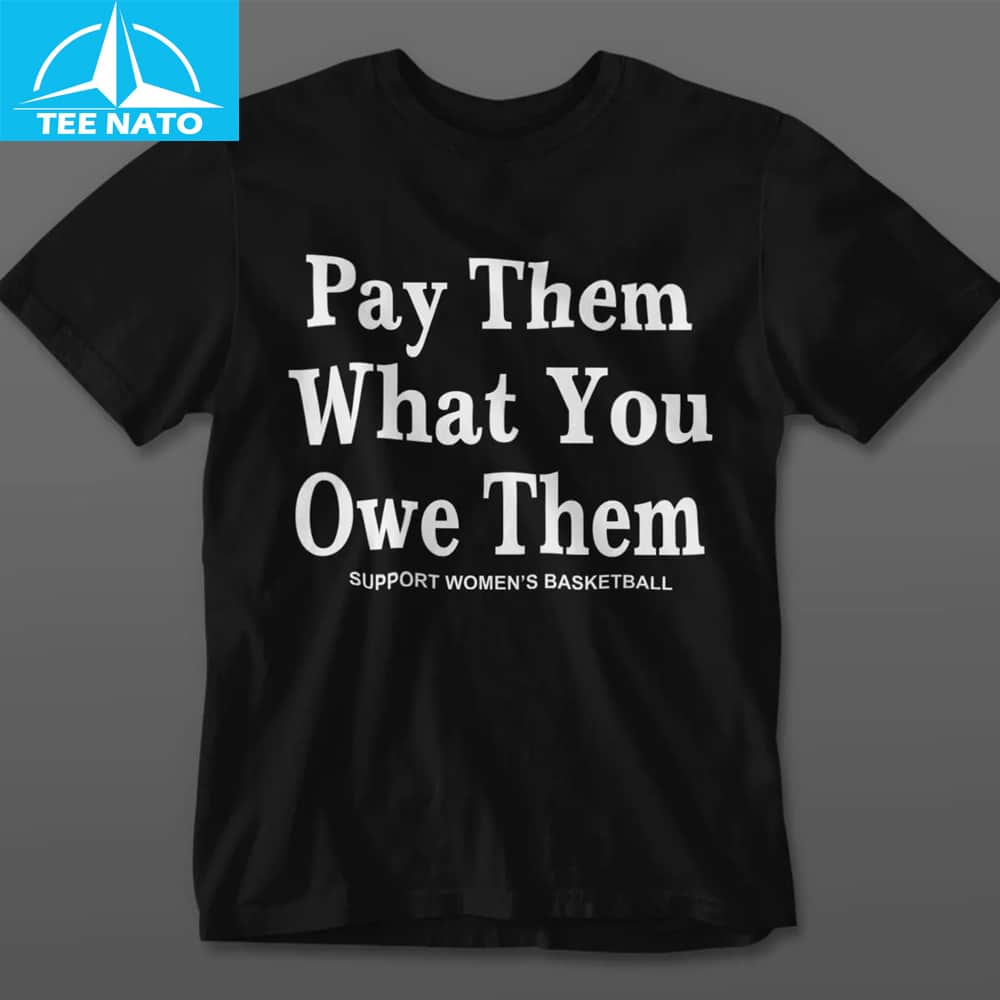
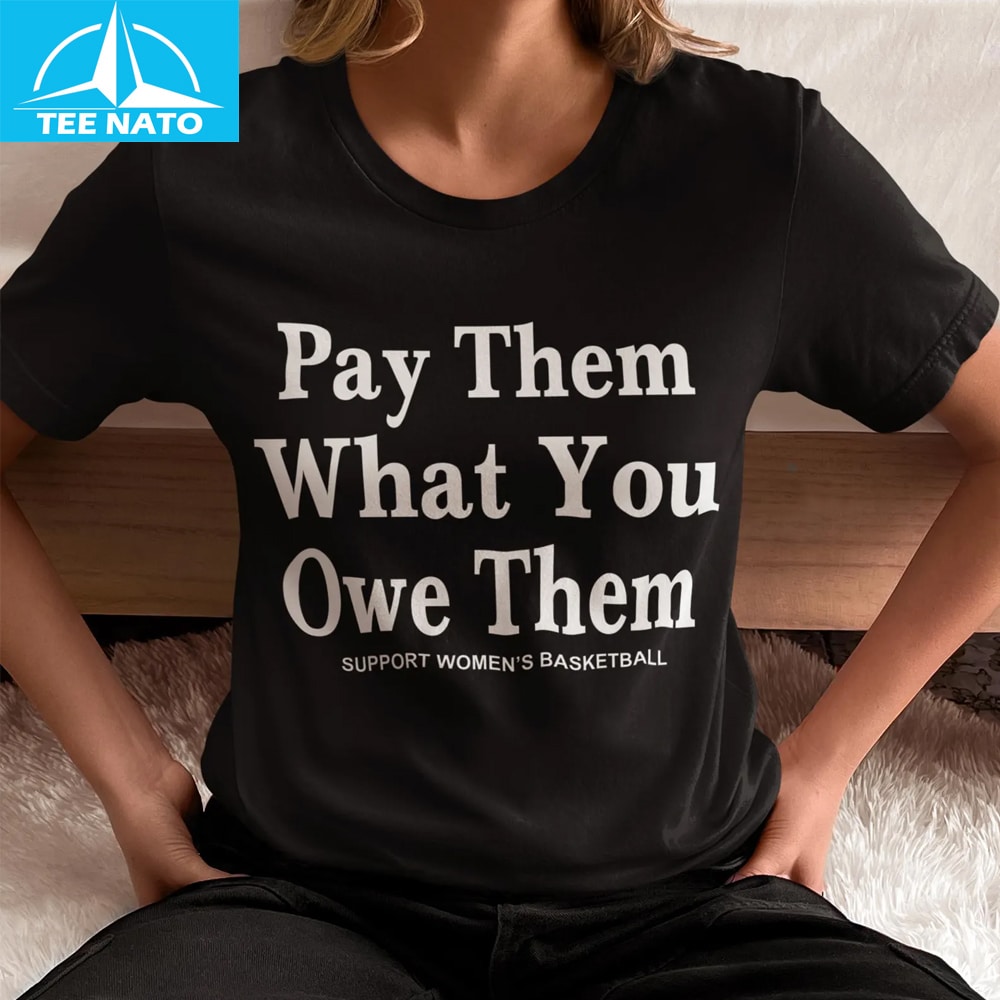
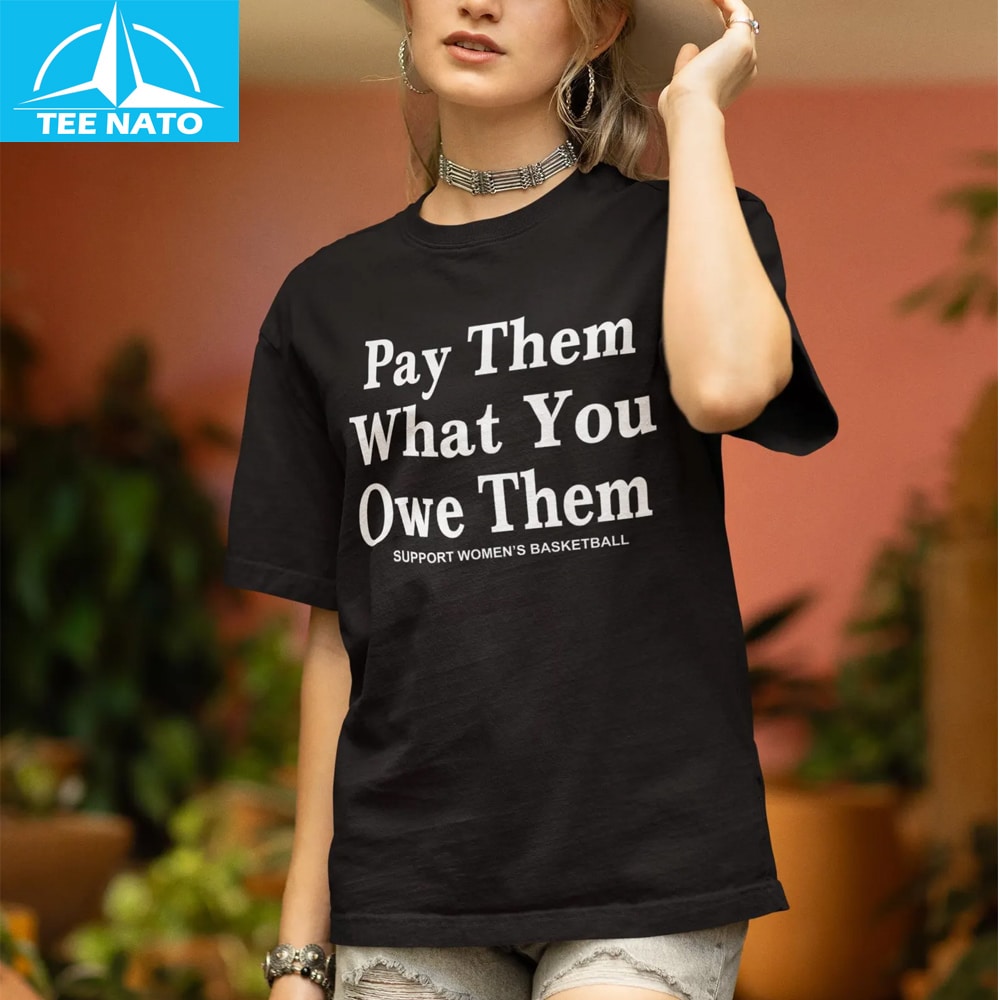
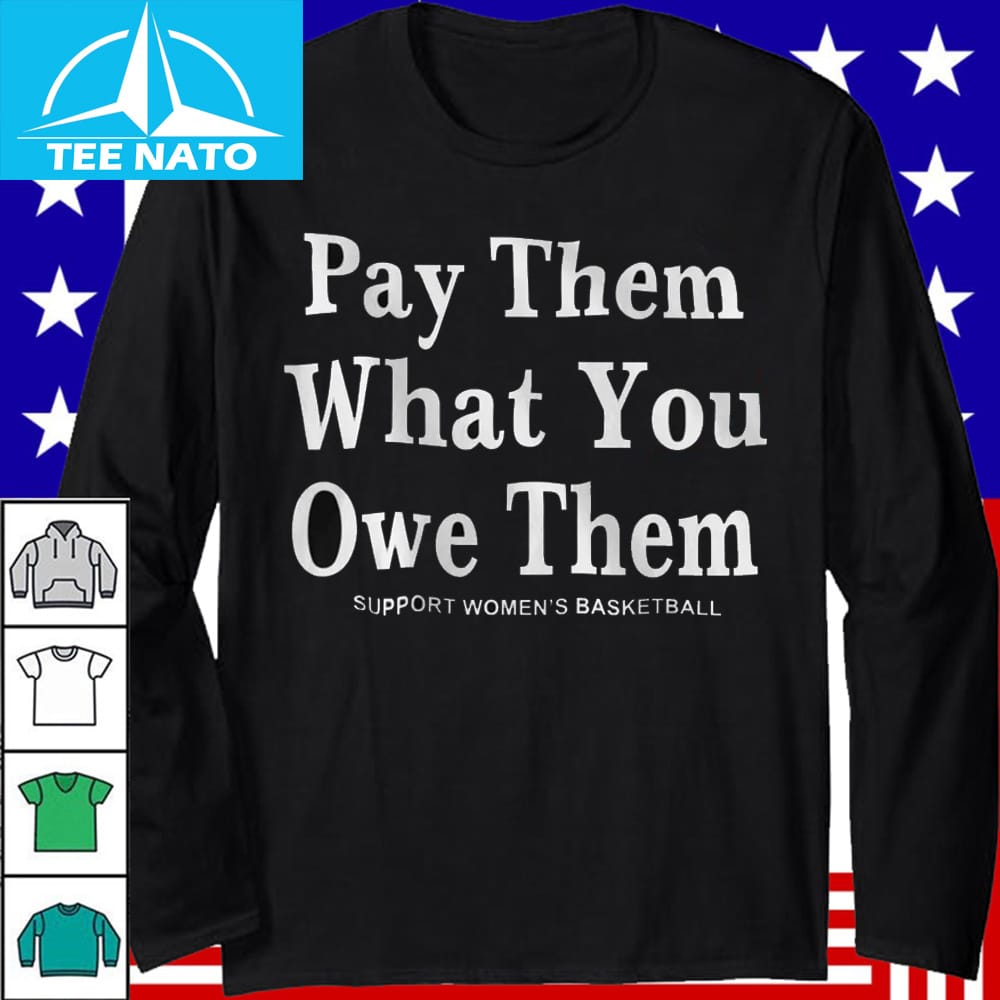
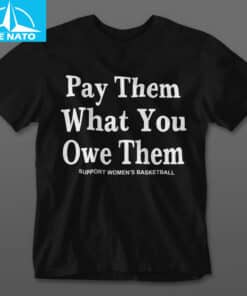
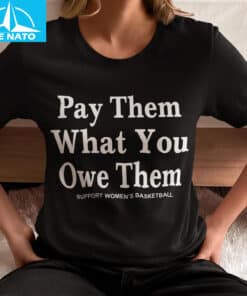
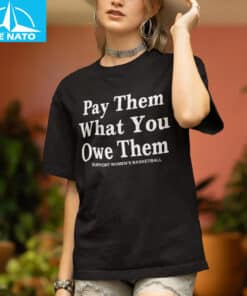
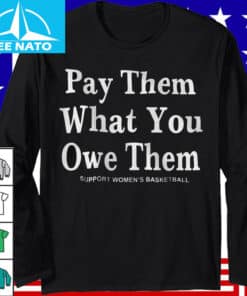






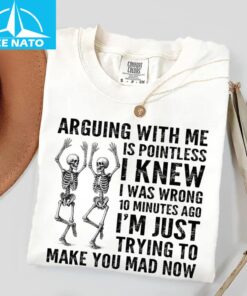



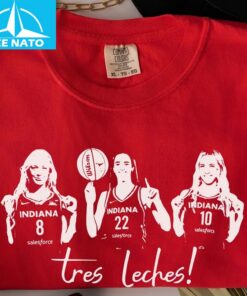
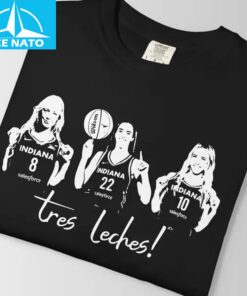













Reviews
There are no reviews yet.